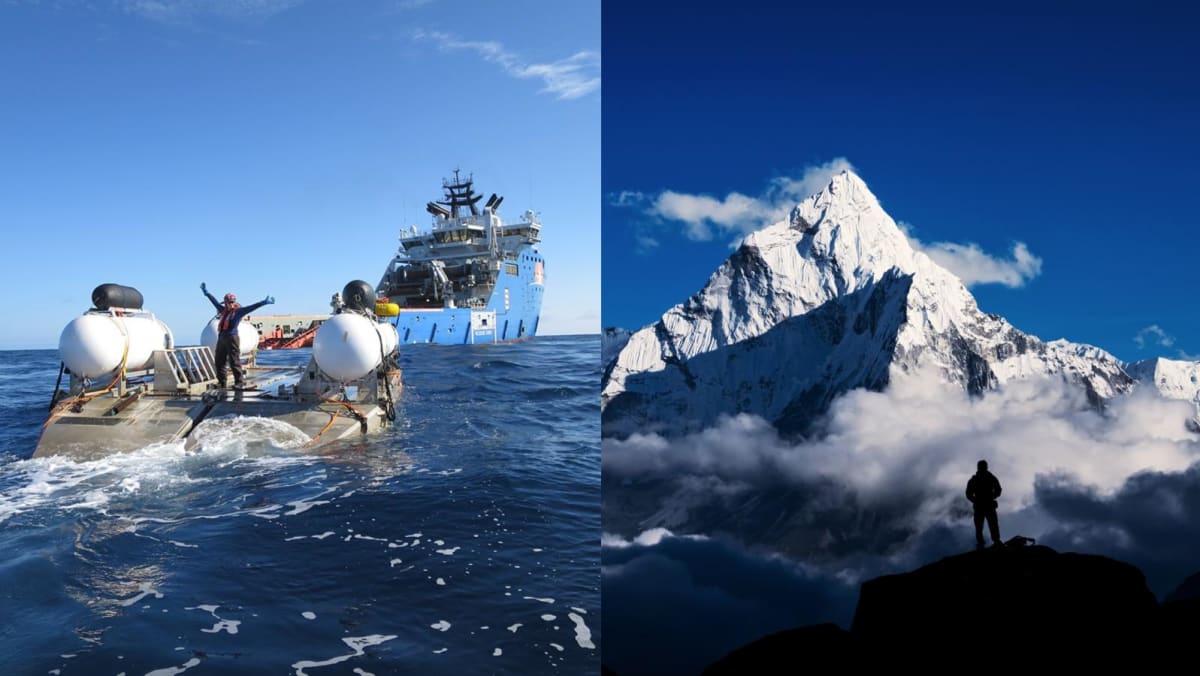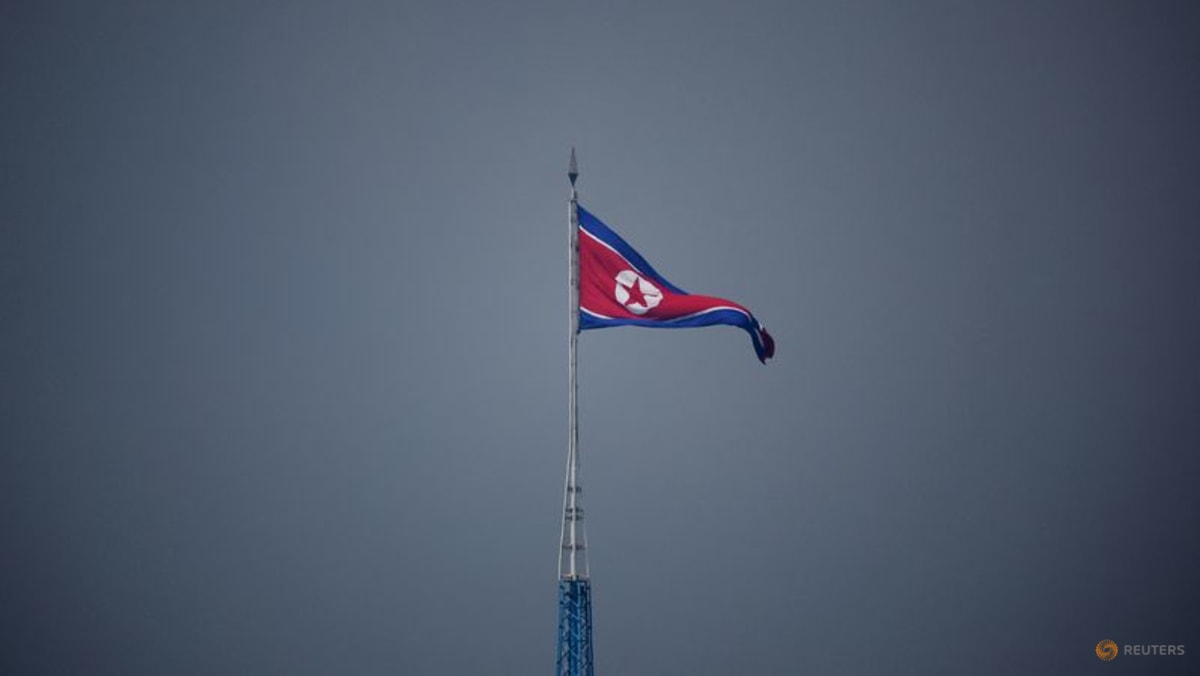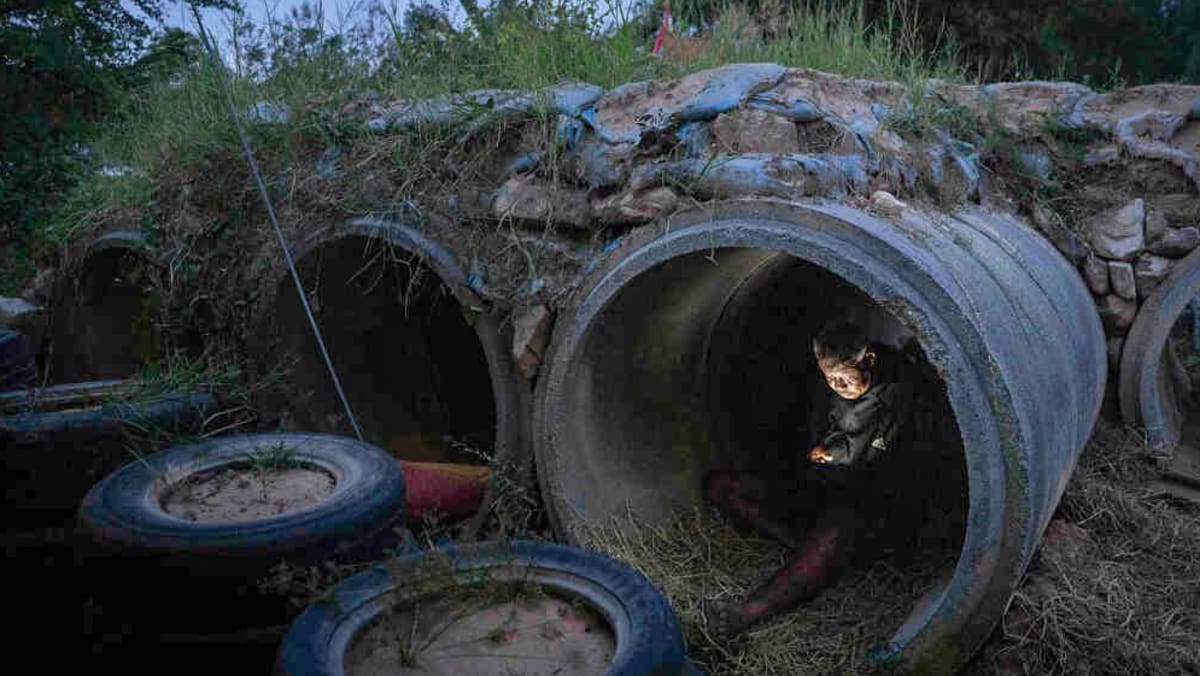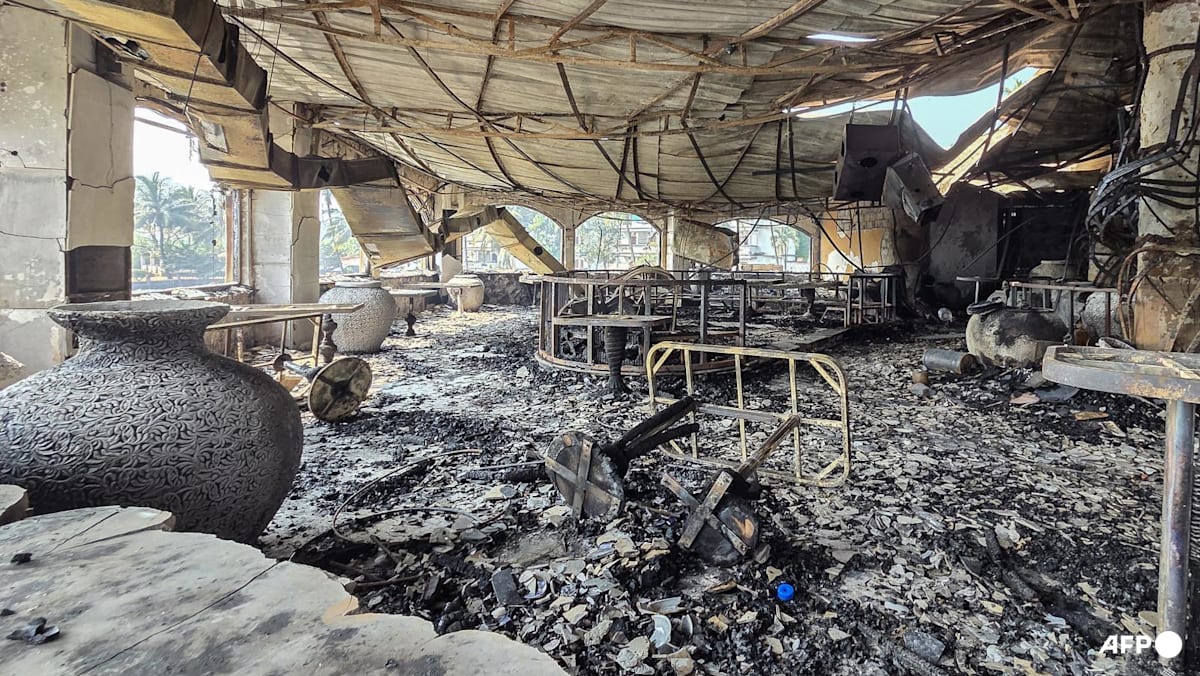Commentary: Titanic sub – why is extreme ‘frontier travel’ booming despite the risks?

In many instances that danger remains, but the commercial transaction strips away the perceived risks involved. Marketing materials aim to sell “safe” adventures, with the risks often listed in the fine print. A polar plunge in Antarctica, for instance, is often marketed as safe because participants are attached to a tether and the swim time is limited to prevent hypothermia.
Two decades ago, in forecasting the growth of space tourism, anthropologist Valene Smith said what tourists want, the industry will provide. This has become a truism, as the Titan voyages demonstrate.
The massive growth of frontier tourism could lead to even greater problems if the industry doesn’t respond in the right way. If travellers are going to expose themselves to extreme risks, whose responsibility is it, then, to ensure their safety and recovery should accidents occur?
Many tourism businesses and travel insurance companies make risks known to their guests. But regulations on disclosing risks differ between countries. This means travellers may have to evaluate the risks themselves, and this is fraught with danger if company standards are low.
One solution is frontier tourism might be best experienced in controlled and safe environments through digital storytelling or augmented and mixed reality. However, this may not be enough to satisfy the adrenaline junkies out there.
As the Titan incident illustrates, the unpredictable nature and unintended consequences of frontier tourism are very real things. While money can allow us to travel almost anywhere, it’s worth considering whether some places should just remain untouched, sacred and off-limits completely.
Anne Hardy, Can Seng Ooi and Hanne E F Nielsen are academics at University of Tasmania. Joseph M Cheer is Professor of Sustainable Tourism and Heritage, Western Sydney University. This commentary first appeared on The Conversation.
Source: CNA















